Showing 1 to 15 of 2075 results
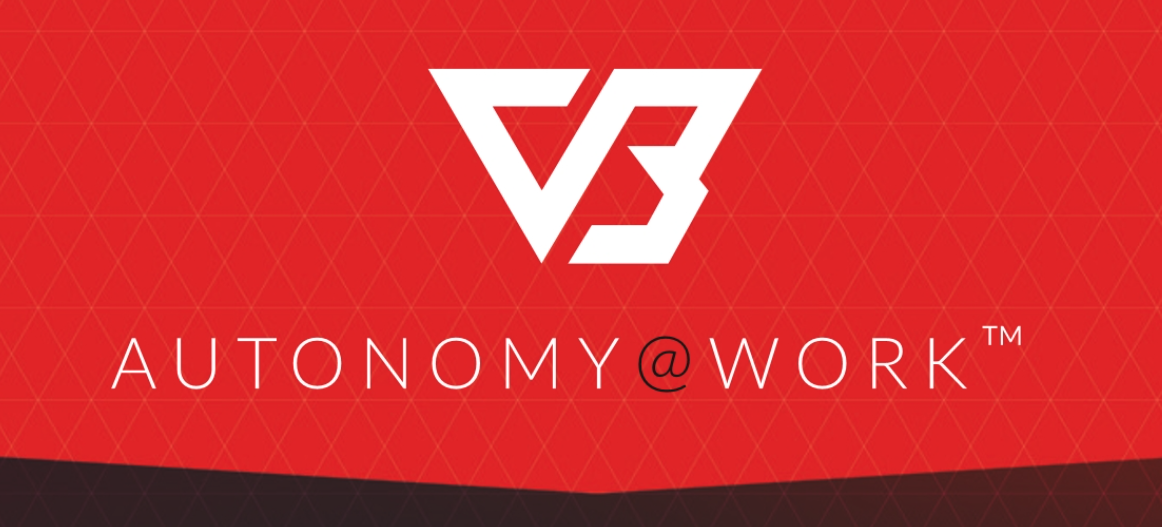
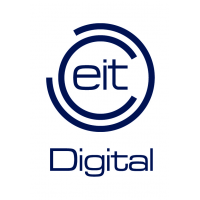
VERSABOX - Smart Intra-Logistics
Innovative Products and Technologies EIT Digital
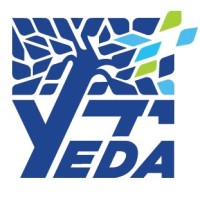
Green Chemistry for Ketones and Aldehydes Production
Patents for licensing Yeda

Electrochemical biosensor for detection and quantification of alkylphenols
Patents for licensing UATEC - Unidade de Transferência de Tecnologia
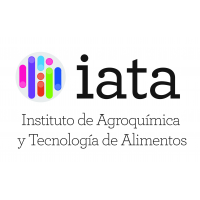
Biodegradable aerogel highly versatile in applications and uses
Innovative Products and Technologies Instituto de Agroquímica y Tecnología de Alimentos (IATA-CSIC)

Sensor capable of detecting sulphur compounds in wines
Patents for licensing UNIVERSIDAD DE BURGOS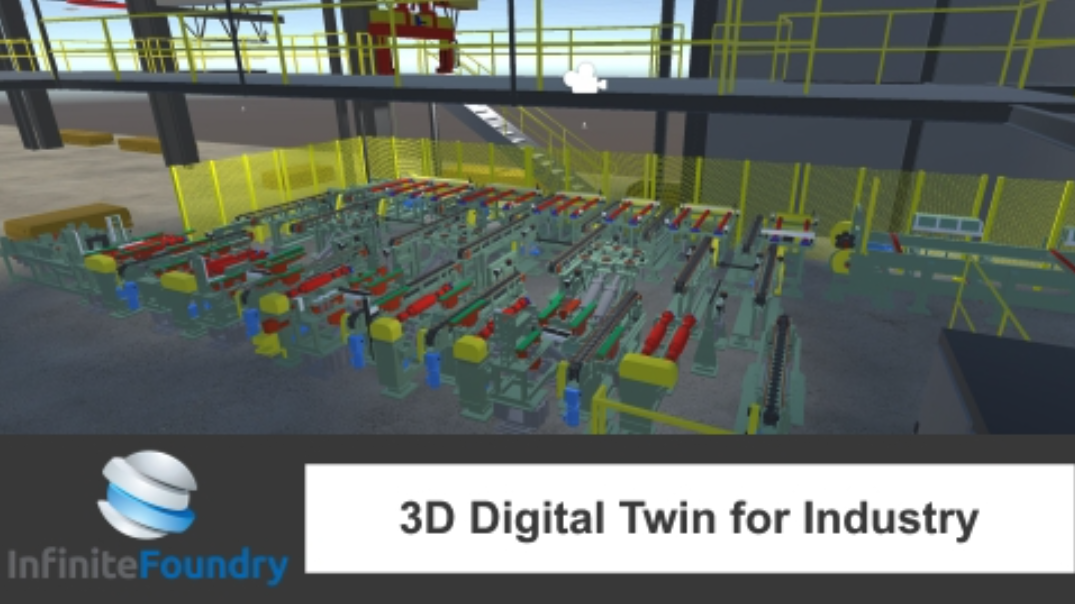

INFINITE FAUNDRY - Production Efficiency Digital-Twin Solutions for Industry
Innovative Products and Technologies EIT Digital

Process for converting waste, effluents and organic by-products in recyclable materials
Patents for licensing UATEC - Unidade de Transferência de Tecnologia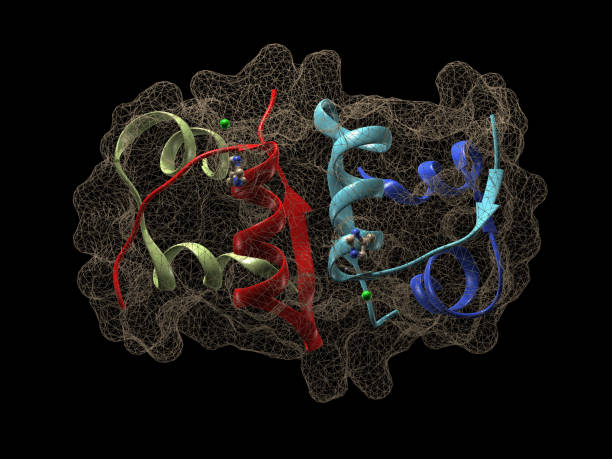

Preventing Biofilm Formation by Enzyme Inhibitors
Patents for licensing Yeda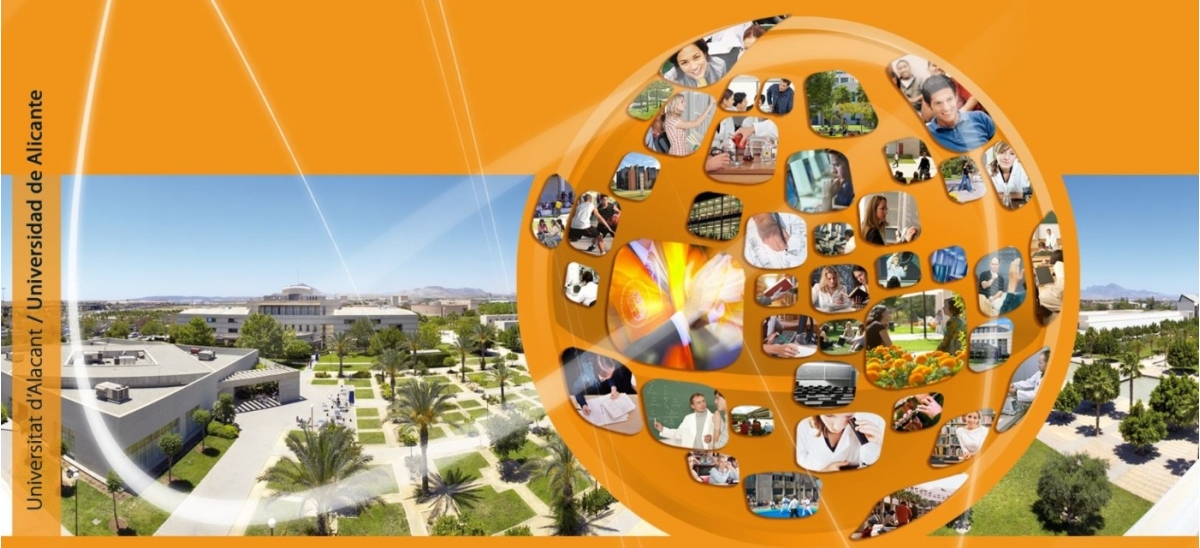

Healthier cigarettes for Heated Tobacco Products (HTPs)
Knowhow and Research output Universidad de Alicante
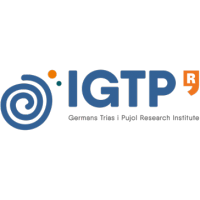
Medical Device for urethra surgeries or of the rest of penile structures
Patents for licensing Germans Trias i Pujol Health Sciences Research Institute
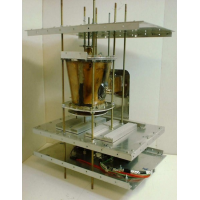
EmDrive two is new version of this machine, which provides huge thrust, big enough for satelites and flying vehicles.
Knowhow and Research output private researcher
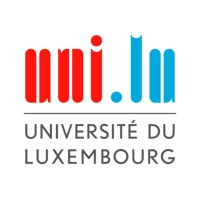
Bioimaging Platform - Luxembourg Centre for Systems Biomedicine
Research Services and Capabilities University of Luxembourg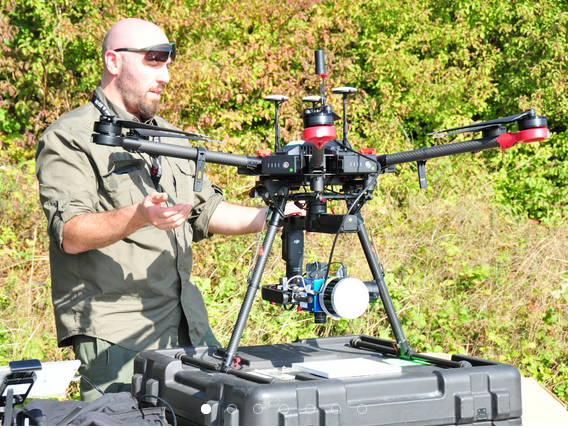
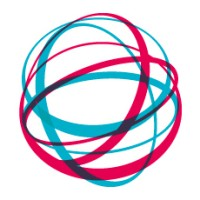
Observatory for Climate, Environment and Biodiversity
Research Services and Capabilities Luxembourg Institute of Science and Technology (LIST)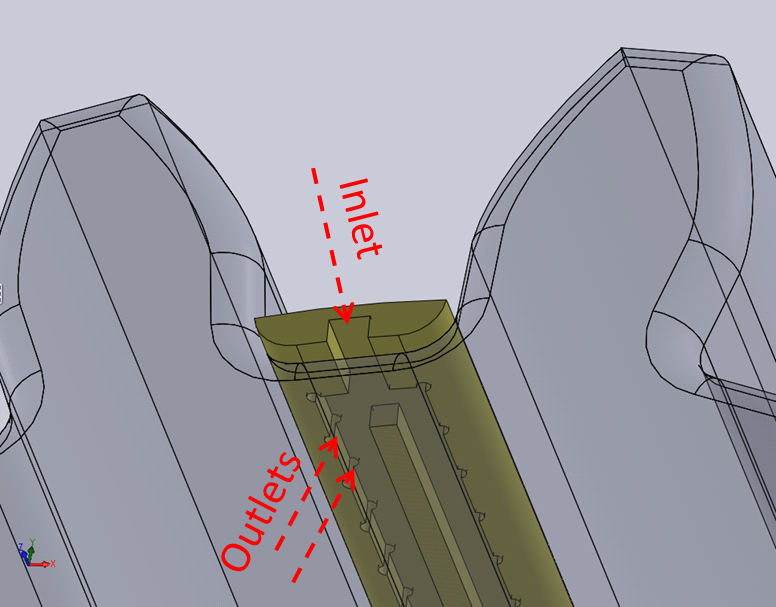

New solution to prevent excessive wear in gear, useful for wind turbines
Patents for licensing Universitat Politècnica de Catalunya - UPC

